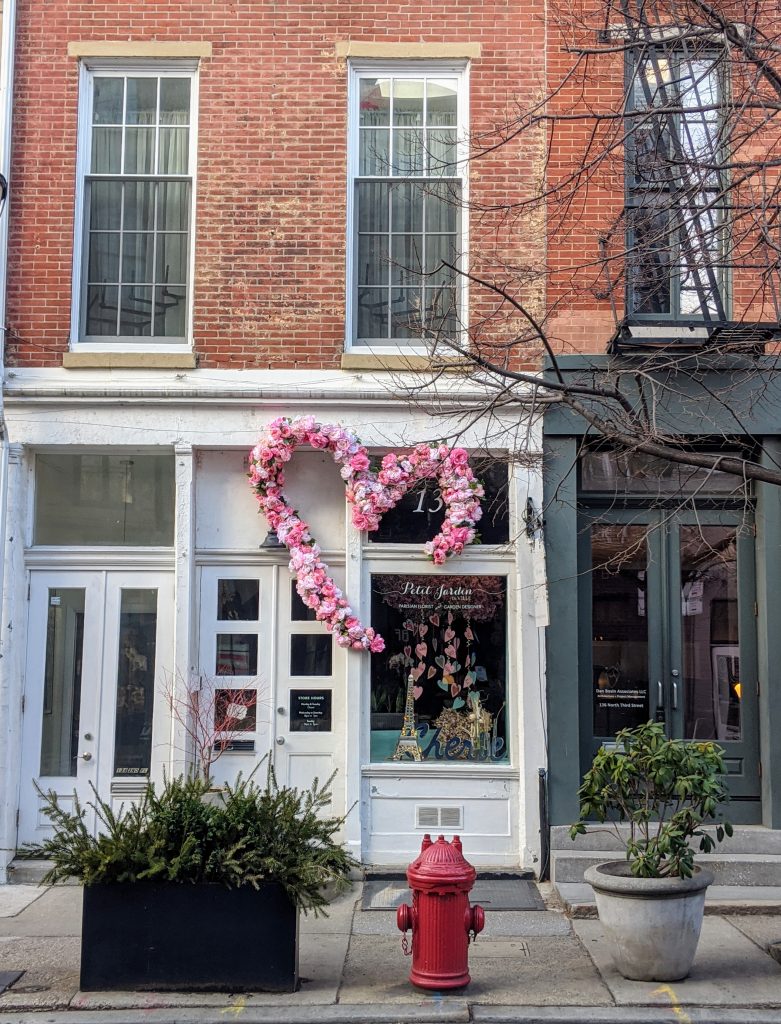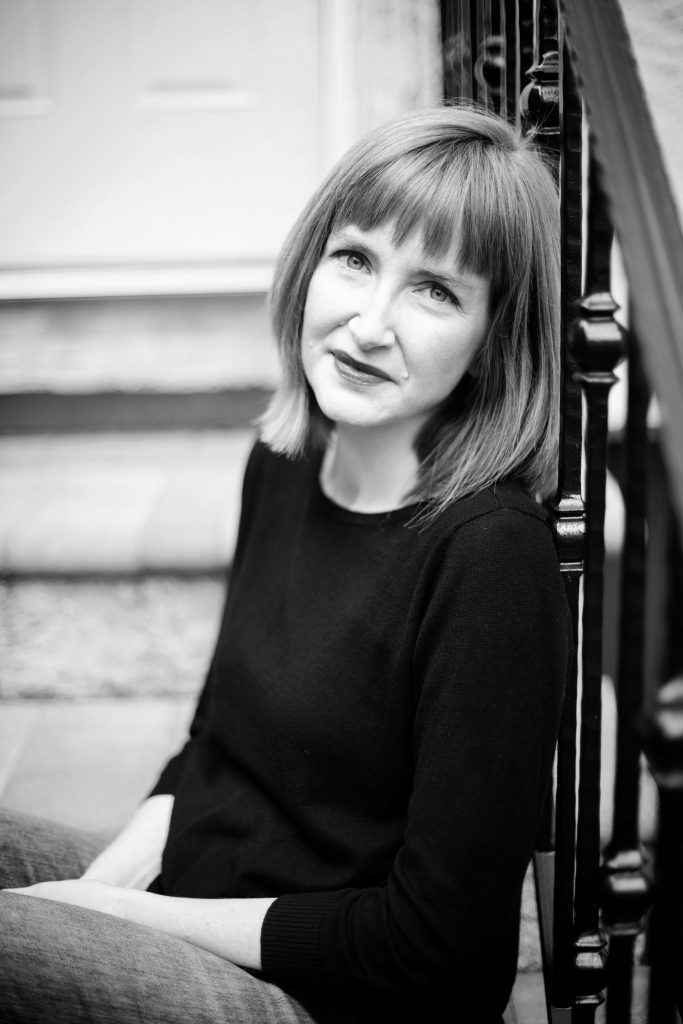The Up Drafts is an ongoing series of essays and interviews that examine creativity, productivity, writing process, and getting unstuck.
—
BY NANCY REDDY

I began this series wanting to think about what it means to be stuck in your writing. People get stuck for lots of reasons: a hard new project, rejection, fear of failure, lack of time. Jessica Abel, a creativity coach I interviewed for an upcoming column, says that people who already have a track record of creative success often get stuck because they commit to too many projects and get scattered. (Her “What’s Stopping You?” checklist might help you uncover the obstacles in your way.) Hannah Rule, a writing studies scholar who I interviewed for a previous column, describes freewriting as one way into generating new ideas, and she also described a more social approach to brainstorming, when she asks her students to pass papers around the room and comment on each other’s ideas for research projects.
But sometimes I think being stuck originates in places outside the writing.
I was really struck by poet and memoirist E. J. Koh’s description of this phenomenon: “It’s not that I’m stuck in my writing; I am stuck somewhere in my living.” When she’s stuck like this, she writes, “Then I do what I fear doing. I must make amends with my mother, or I must challenge my terror with flying, or I will do that thing I do not want to do.”
Koh’s piece made me think about the non-writing things that help me sustain a writing practice. They’re actually pretty simple: plenty of exercise and enough quiet space in my life so I can hear my brain work. Because my utter lack of hand-eye coordination made team sports and gym class torture for me, it’s taken me until well into my adult life to think about my body as much more than a house for my brain. But, like many of us, I have a brain that spins and spins, and I’ve found that a run goes a long way in bringing it back to a manageable hum. My sister, whose brain is similarly busy, has recently taken up meditation, and she recommends the UCLA Mindfulness app. (Apparently, my dad, who’s also taken up yoga in his late 60s, recommended it to her; may we all be so full of surprises.)
And exercise can also provide a space away from the computer or notebook to let my brain work on a problem. When I was at the Vermont Studio Center this past summer, I’d write inside my studio until I just couldn’t go any further, then go for a run along the rail trail; several days, as I moved, the problem I was working on unstuck itself as I passed over bridges and through fields. (I recommend using the voice recorder on your phone to capture those sentences, even if you look like an oddball talking to yourself in the middle of a trail or street.)
I’ve learned, especially since having kids, that in order to be an even halfway decent human being, much less a writer, I need a not-insubstantial amount of time to myself– and I’ve learned that “by myself” means also the absence of digital distractions. When I walk to spinning or barre at the exercise studio in my little town, I leave my phone at home, and the quiet of that half-mile walk each way is truly restorative. (It also means that I can’t Instagram my early-morning exercise, which is good, because no one really likes those people, anyway.)
Other people have different answers to this question of how to make a writing life. At a recent event at the Penn Book Center, Carmen Maria Machado and Jaquira Díaz were asked about self-care and revealed that their practices both include therapy and sex. When I asked people on twitter, I was struck by how many people’s answers included nature, like novelist and poet Valerie Nieman’s comment about “hiking solo – the only voices are the ones in my head.” Twila Newey’s reply, that she refuels through “walking, reading, gardening, staring out windows, the beach, birds & the moon” made me think about the value of non-productive work, that what looks like staring or wandering is often actually part of the writing. And though defending “doing nothing” as a pathway to increased creative work might not be quite what Jenny Odell had in mind, I’m finding myself especially receptive to arguments for creating open spaces in our lives.
So, if you’re feeling stuck, you might think about what practices or habits or breaks in routine–all the parts of your life that are distinct from but intertwined with your writing life–could help you get unstuck. As Hannah Rule points out, “writing isn’t contained in the mind or in the relay between mind and page; it rather romps all over–into cars, classrooms, night shifts, nurseries, showers, walks, laundry, chats, everywhere!” What do you need to make your writing life?
—

NANCY REDDY is the author of Double Jinx (Milkweed Editions, 2015), a 2014 winner of the National Poetry Series, and Acadiana (Black Lawrence Press, 2018). Her poems have appeared or are forthcoming in The Gettysburg Review, Pleiades, Blackbird, Colorado Review, The Iowa Review, Smartish Pace, and elsewhere, and her essays have appeared most recently in Electric Literature. The recipient of a Walter E. Dakin Fellowship from the Sewanee Writers’ Conference and grants from the New Jersey State Council on the Arts and the Sustainable Arts Foundation, she teaches writing at Stockton University. She’s working on a narrative nonfiction book about the trap of natural motherhood.
![[PANK]](https://pankmagazine.com/wp-content/themes/pank/assets/images/pank-logo-large.png)
